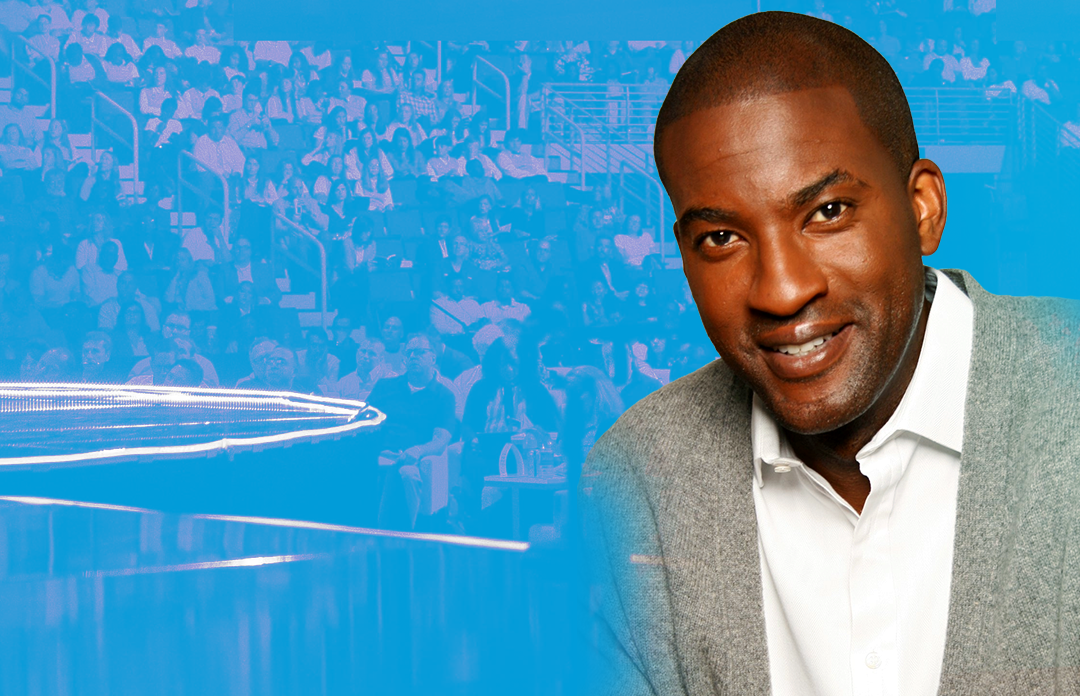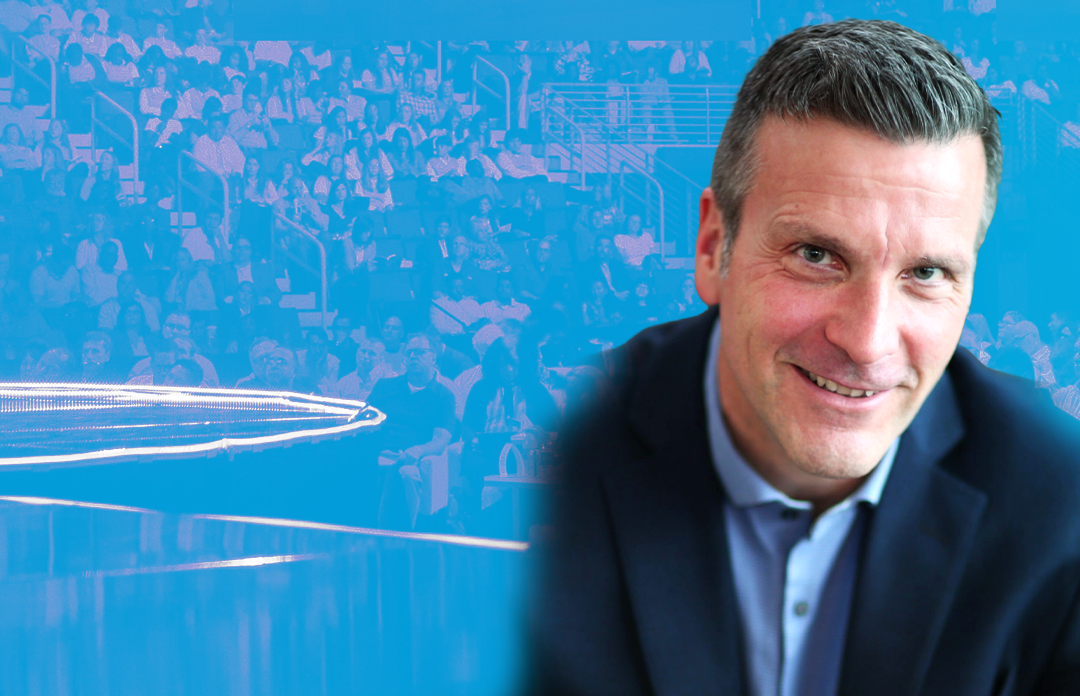Susan Packard, co-founder of HGTV and several other Scripps Networks Interactive network channels (and speaker at Leadercast Women 2019), attributes her success to leaders she could follow, tools she could use and people she could inspire.
Susan isn’t an interior designer or a gardener, but was instrumental in establishing HGTV. She isn’t a financial guru, but was the backbone of the growth of CNBC.
For Susan, growing a brand wasn’t about the organization she was leading, but the people. “You get a team of people together that can help you to make something successful,” she says in our latest episode of the Leadercast Podcast. Read on for more from our chat with Susan.
Hire the Right People
“You want to hire people who complement your own skill set,” says Susan. If you understand your own strengths and weaknesses, you can hire strategically to build a great team.
She says her experience in developing HGTV taught her how to work symmetrically in a team. “We counted on one another—where our skills were lacking—for another person to step in,” she notes. People are key, and the right team is the surest path to success.
Support Your Convictions With Data
If you’re a young leader with more passion than experience, you might find that vision alone can’t carry the day. Fortunately, data can help.
“If you have a conviction that something is the right way to go and you have compelling evidence, that can go a long way toward moving people in the right direction,” says Susan. Industry data, emerging trends, surveys, objective evidence and statistics can all help both team members and clients or customers get on board with your vision. They also strengthen a leader’s credibility by showing you’re willing to put in the research to validate your points. Data can often give leaders that extra leverage to tip someone toward a decision.
Build Brand-Based Relationships
Susan’s success is built around strong brand discipline, but strong brand discipline isn’t the be-all, end-all of leadership.
“The most important thing is talking to your customer,” shares Susan. At every point in your relationship, it’s important to keep communication open. Susan developed a call center for feedback about their programming. She learned that viewers care more about credible information than they do star value.
“In the beginning we had to build trust with our audience,” Susan explains. She never could have done it without listening to what they cared about most. The starting point of brand-based relationships was foundational for everything Susan did. She said after underscoring credibility, bringing recognizable names on air was the easy part.
“The hardest part was making sure that we had the discipline around the integrity of our information,” she adds. This is one of the most powerful ways to lead—to listen in order to learn what customers want and then work hard to deliver.
Search for Ways to Grow
Susan recognized early that she needed to develop her own self-awareness. “If I was going to be a strong leader of hundreds of people that I’m responsible [for], I wasn’t as grounded on the inside as I needed to be,” she admits.
She shared her approach to two-fold growth: the outer layer and the inner layer. “Growth to me is how we grow in terms of our responses to things, the way we communicate things,” she says. “Then your inner journey and the path that you go on requires some work as well—it requires a whole lot of courage because you ask where you are lacking.” Leaders of any age and experience need to find out where their gaps are and ask what they can do to fill them.
And personal growth isn’t the same as career advancement. Personal growth requires the deliberate use of tools. “Some of your tools can be those around you who bring out the best in what you are and who you are,” she says. Tools are everywhere. They can include:
- Mentors who are experienced leaders
- Followers who challenge and sharpen you
- Coaches
- Books that motivate you
- Circumstances that help you develop new skills
- Best friends
- Awareness of what your capabilities and strengths are
- Following your inner values
The Takeaway
Leadership isn’t what, it’s who. “You can give to the financial questions, but that just gets you so far,” says Susan. “It doesn’t get you to the place where you can start thinking with full vision, with connectedness—not just connecting the dots of ideas, but connecting your culture and your people.” Tools aside, leaders are dedicated to the success of the people they lead.
Find out more about Susan’s vision and how she devoted herself to leadership through self-awareness and connection in her two books, New Rules of the Game and Fully Human. Connect with Susan on her website and use her wisdom from Leadercast Women 2019 by watching her on Leadercast Now.
To hear this episode of the Leadercast Podcast, and many more like it, subscribe on iTunes, Spotify, Google Play or Stitcher.




